When is it too late to plant a garden? Plus, expert tips for summer planting
We talk to the gardening experts to answer the question when is it too late to plant a garden this year? Plus, what you can plant, and when
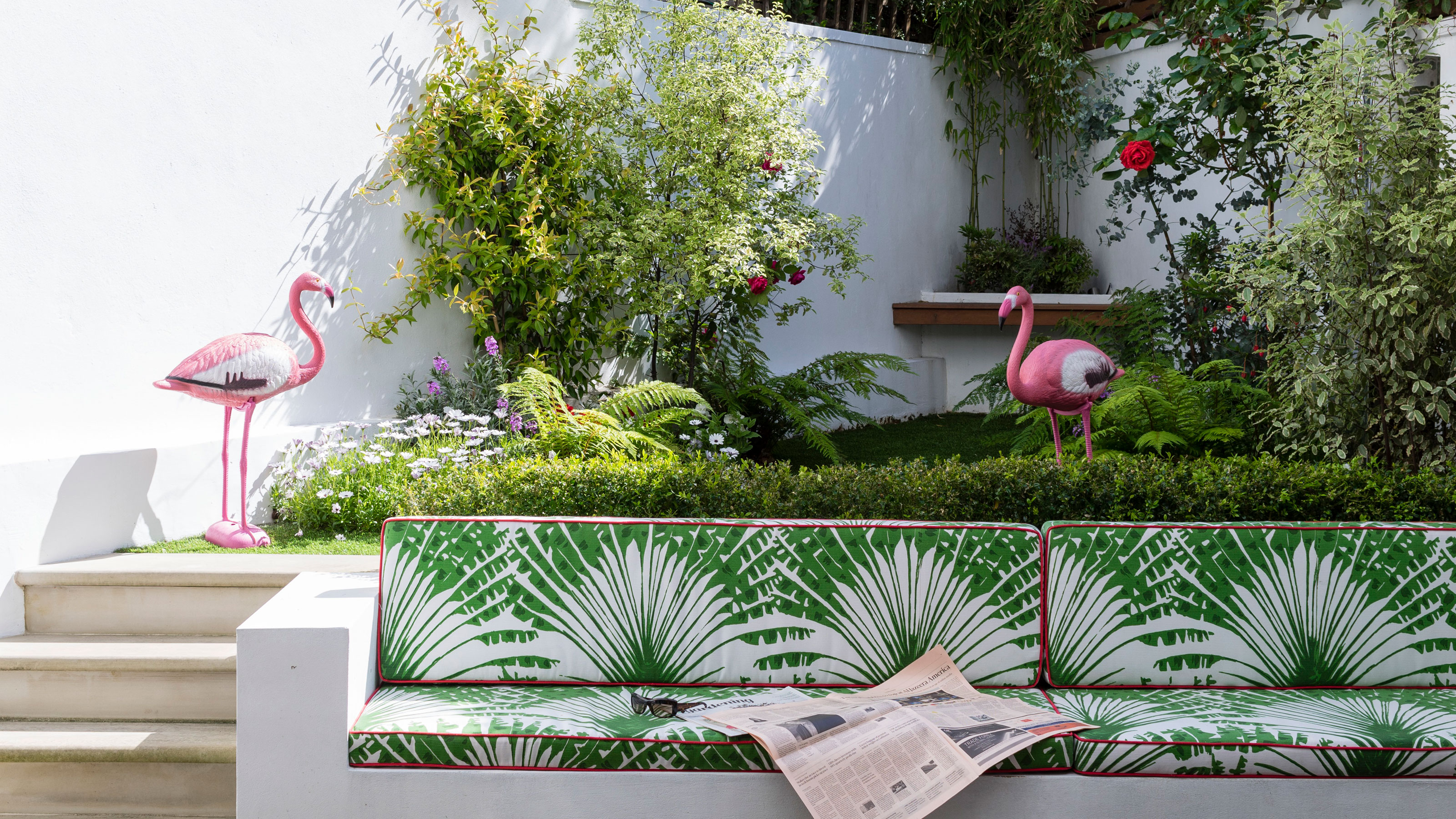

When is it too late to plant a garden? Gardens can be planted throughout the year, but knowing what to plant and when is the challenge in ensuring your garden thrives.
You may have missed the optimum moment for a picture-perfect backyard, but it doesn't mean that certain garden ideas that won't thrive despite late planting. 'There is plenty of gardening to be done all year round,' says Whitney Bromberg Hawkings of FLOWERBX. 'There is never a moment of the year to not be planning, planting, and growing!'
If you decide to push ahead and plant a garden late into the year, there are myriad factors to consider. Really getting to grips with and understanding your plants and seeds is key before you begin to sow. Think about the upcoming season and hold off on your late garden if a better planting season is around the corner. If you're not planting, planning a garden is still important, so opt out of planting to really think about your plants.
We speak to the pro gardeners to really get to grips with how best to grow a late garden, what to grow, and the factors to bear in mind.
When is it too late to plant a garden?
There is something to do all year round in your garden, but planting in the warm summer months is considered too late for most plants.
'If you plant a garden late in the spring or into the summer, the biggest risk is losing the new plants to heat and drought stress. Newly planted plants and flower beds will need to be watered very frequently to become established,' says Lindsay Panghorn of New York florist, Bloomscape.
'Here in Los Angeles, we try to avoid planting in our scorching summer sun,' says gardener Camille Cimino of Nature of Things Design, who has been gardening in A-lister gardens in Los Angeles for over two decades. 'Wait until things cool down and rains come back in the fall.'
Waiting until fall can be an issue too. 'If you plant a garden late into the fall, the biggest risk is that the plant won’t root into the surrounding soil before winter and will be subject to frost-heaving,' Lindsay explains, 'when the rootball slowly works its way out of the ground due to freeze-thaw cycles.'
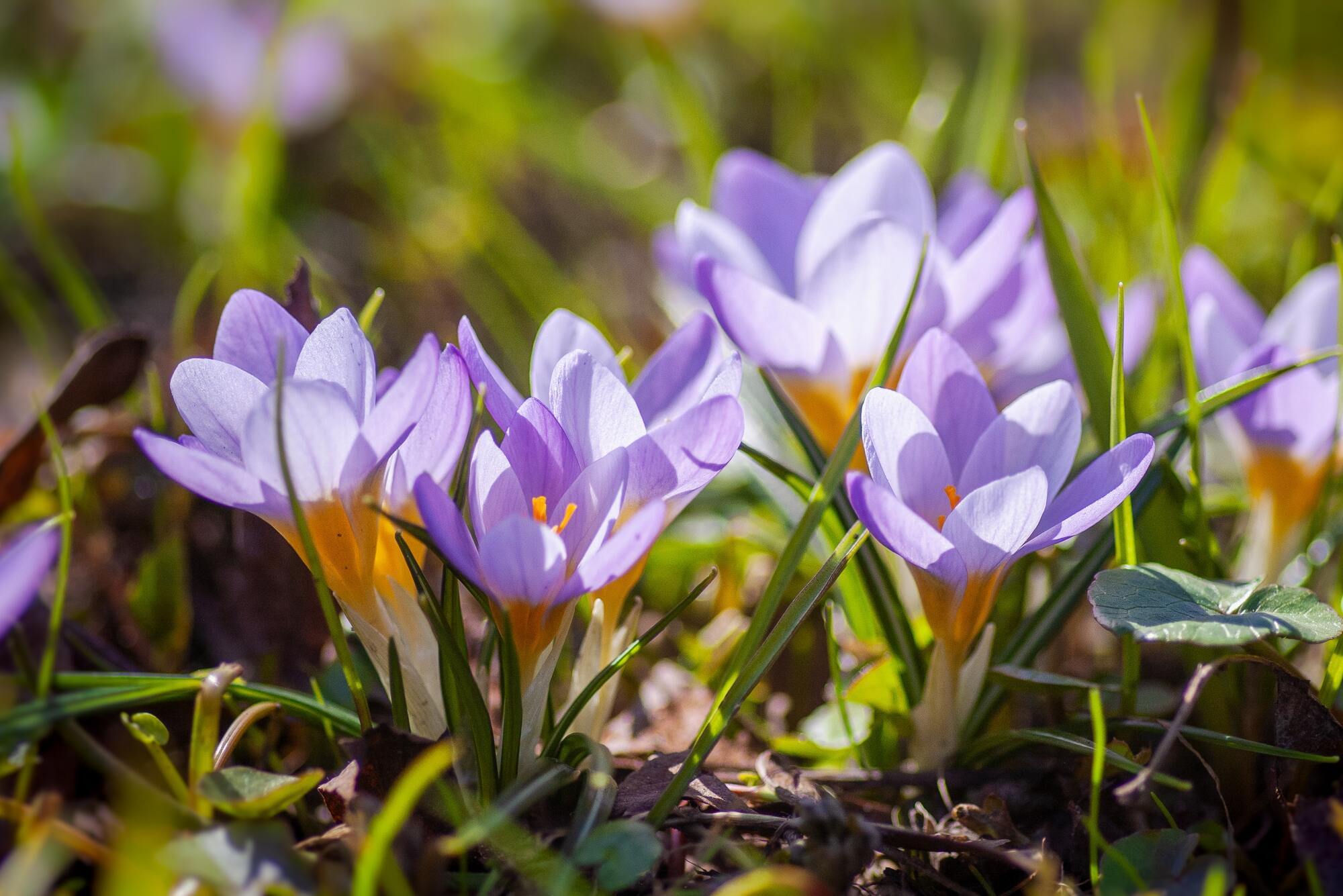
When is the best time to plant a garden?
The ideal times of year for planting hardy perennials are the fall or the spring, as the soil should be relatively moist and warm and temperatures should be mild, helping to create a low maintenance garden. 'Hardy trees and shrubs are also best planted in their dormant season between fall and spring,' says George Ellis, gardener at West Dean Gardens.
'If your soil is heavy and prone to waterlogging, you may be best to leave planting until the spring. If you have very free-draining soil which may dry out quickly in the spring, planting in the fall should give the plants more time to establish their roots.'
Importantly, if your plants are tender and likely to be damaged by freezing temperatures, leave planting until the risk of frost has passed.
'Otherwise, it is possible to plant at any time that the ground is not frozen or waterlogged. Be aware that planting in the summer will require plenty of watering until they are established,' says George.
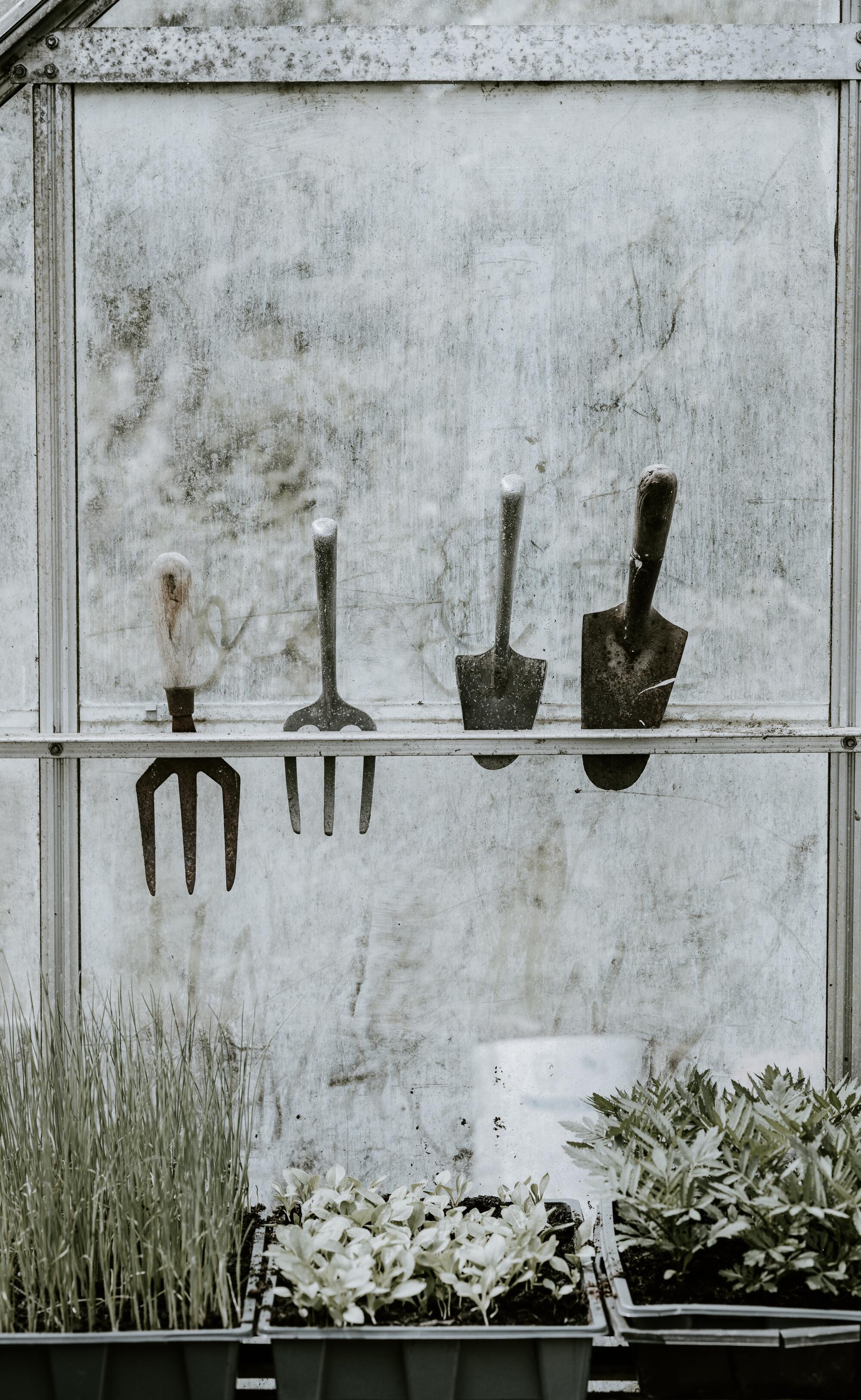
What is the best time of year to plant a garden?
The best seasons to plant a garden vary where you are in the world. In the US, when it comes to deciding when to plant flowers, vegetables or shrubs, the country is so big that what matters most of all is your area's last frost date.
Depending on the hardiness of the plant, gardening when temperatures plummet overnight could really be a detriment to your garden. Late spring is typically a good rule to follow for when to begin planting outside, when overnight frosts are almost over for the year.
Otherwise, check the USDA plant hardiness zone map - the standard by which gardeners and growers can determine which plants are most likely to thrive, based on location. The map is based on the average minimum winter temperature.
Meanwhile, in the UK, clear, carved out seasons for pretty much the whole of the nation help with general gardening rules of thumb. In winter, the early months are all about bulbs, says Whitney from FLOWERBX. 'Tulips, daffodils, narcissus, and hyacinth provide the much-needed burst of colour our gardens are lacking at this time of year. Plant them out in October of the previous year in the ground or pots, then enjoy from the following February.'
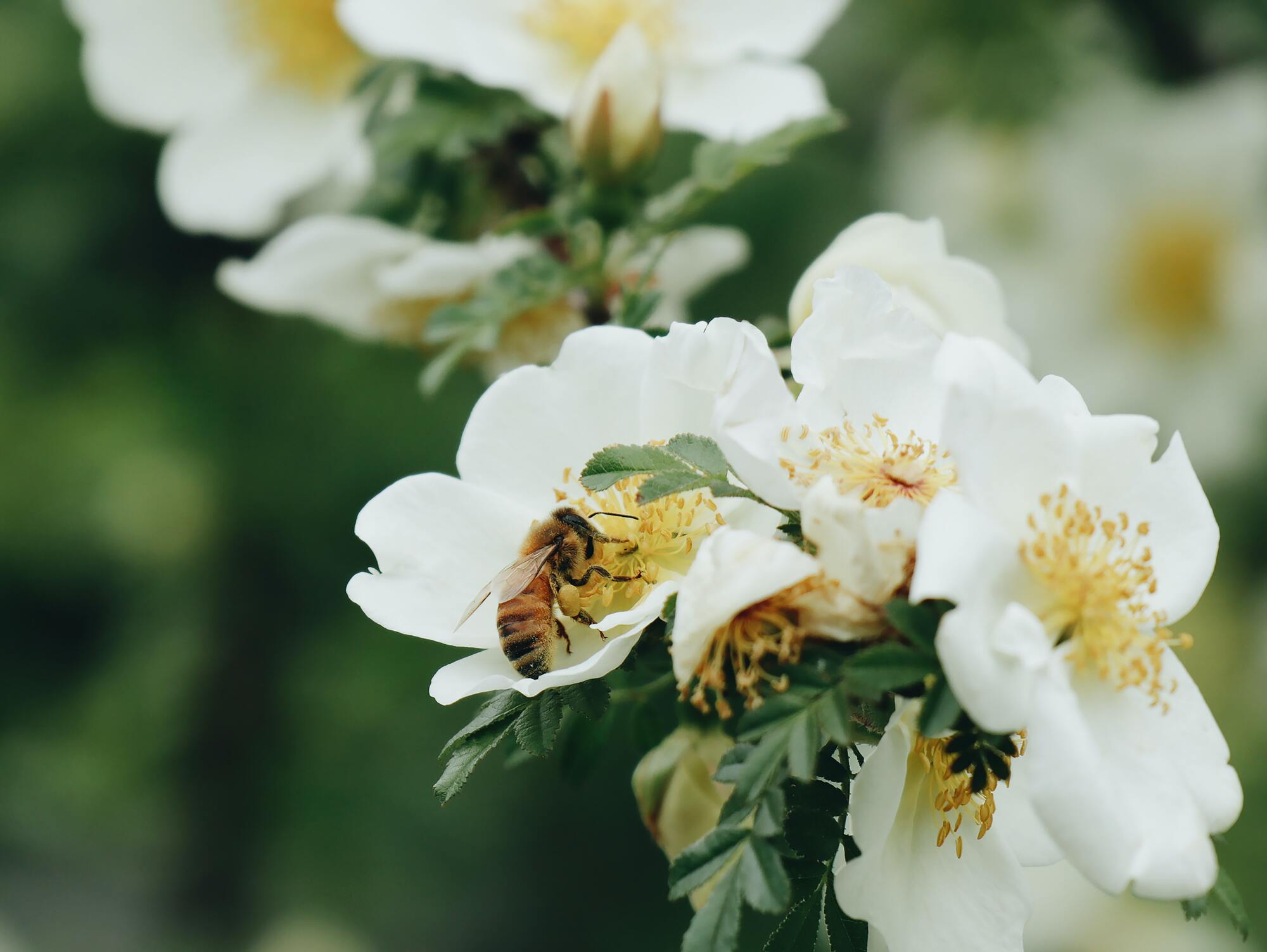
The start of spring is the time for preparation. 'Get planning, start sowing your hardy and half-hardy annuals indoors - a warm greenhouse or conservatory is the ideal spot, but a windowsill will do! You can also pot up summer-flowering favourites inside, like dahlia tubers.'
Later in the spring, after the last frosts have passed, you can start moving some of these varieties outdoors to bring some colour to your garden.
Come high summer, flowers like sunflowers, dahlias, zinnias and cosmos will be in full flourish. 'You can pinch out these varieties by removing the tip of the flowering stem to encourage more flowers for harvesting,' says Whitney.
Finally, fall. The garden starts slowing down in terms of color and floral bounty, but you can enjoy the range of reds and golden hues, and start looking ahead for next year. 'Sow sweet peas, plant up bulbs, or take the opportunity to move dormant plants if you’re hoping to redesign your space,' says Whitney.
What can I grow in my garden over summer?
If you are planting in the summer season, there are some adjustments you can make to give your garden a fighting chance. 'If you are planting in the typical heat and drought conditions of summer, be prepared to water often as your plants become established,' says Bloomscape's gardening expert, Lindsay Pangborn.
'You may also want to protect newly planted plants from the intense sun the first few weeks with some shade cloth. If you are plant shopping in the summer, keep in mind that it tends to be more difficult to find a good selection of plants in the middle of the summer, since demand to plant is lower.'
There are plenty of vegetable garden ideas you can plant in the summer too. Some vegetables with shorter maturations dates - the number of days a plant needs to grow from seed to harvest - are things like radishes, cucumbers, onions, most varieties of lettuce, while for flowers, speedy annuals such as night-scented stocks and cornflowers can be sown straight into hanging baskets or in flower beds, flowering quickly in just six weeks. 'Black eyed Susans bloom in summer heat too,' adds Camille.
'Trees, shrubs, and perennials are great to plant late in the season,' says Lindsay. 'Fall weather signals to plants that it’s time to put energy into their root systems, so while you won’t get to enjoy their beautiful blooms this season, you won’t need to water as often thanks to the shorter days and cooler temperatures.'
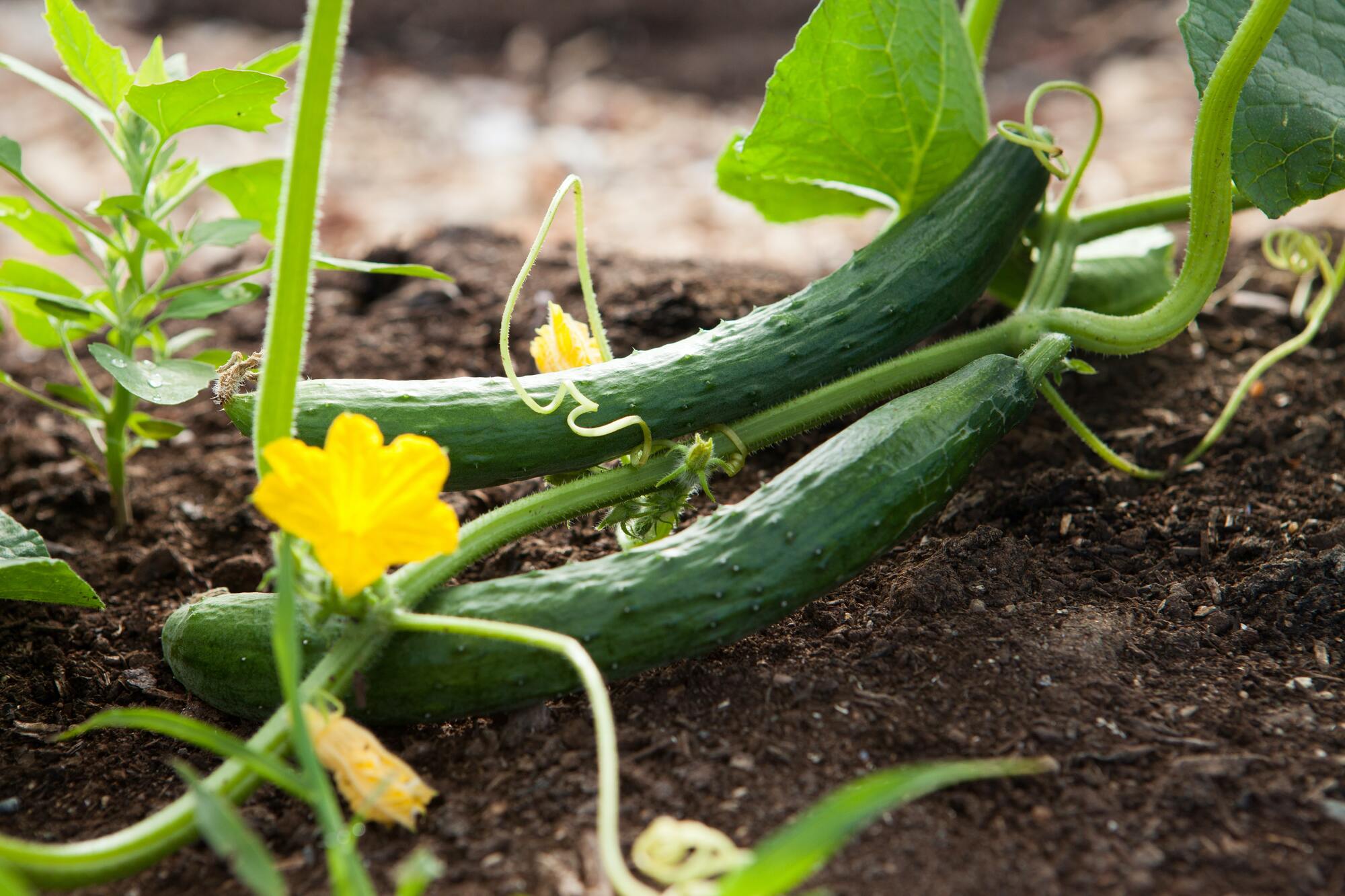
When should I plant vegetables?
If you are planning a vegetable garden, bear in mind that veggies also have different levels of hardiness. Spinach and onions can be grown in cold, early spring conditions, while others, like carrots and potatoes, should be planted a little later.
Don't plant your warm weather vegetables when the soil is cold and frozen. Vegetables like tomatoes, eggplant and basil like a warm Mediterranean climate and won't bear fruit without any sun.
Be The First To Know
The Livingetc newsletters are your inside source for what’s shaping interiors now - and what’s next. Discover trend forecasts, smart style ideas, and curated shopping inspiration that brings design to life. Subscribe today and stay ahead of the curve.

Former content editor at Livingetc.com, Oonagh is an expert at spotting the interior trends that are making waves in the design world. She has written a mix of everything from home tours to news, long-form features to design idea pieces, as well as having frequently been featured in the monthly print magazine. She is the go-to for design advice in the home. Previously, she worked on a London property title, producing long-read interiors features, style pages and conducting interviews with a range of famous faces from the UK interiors scene, from Kit Kemp to Robert Kime. In doing so, she has developed a keen interest in London's historical architecture and the city's distinct tastemakers paving the way in the world of interiors.
-
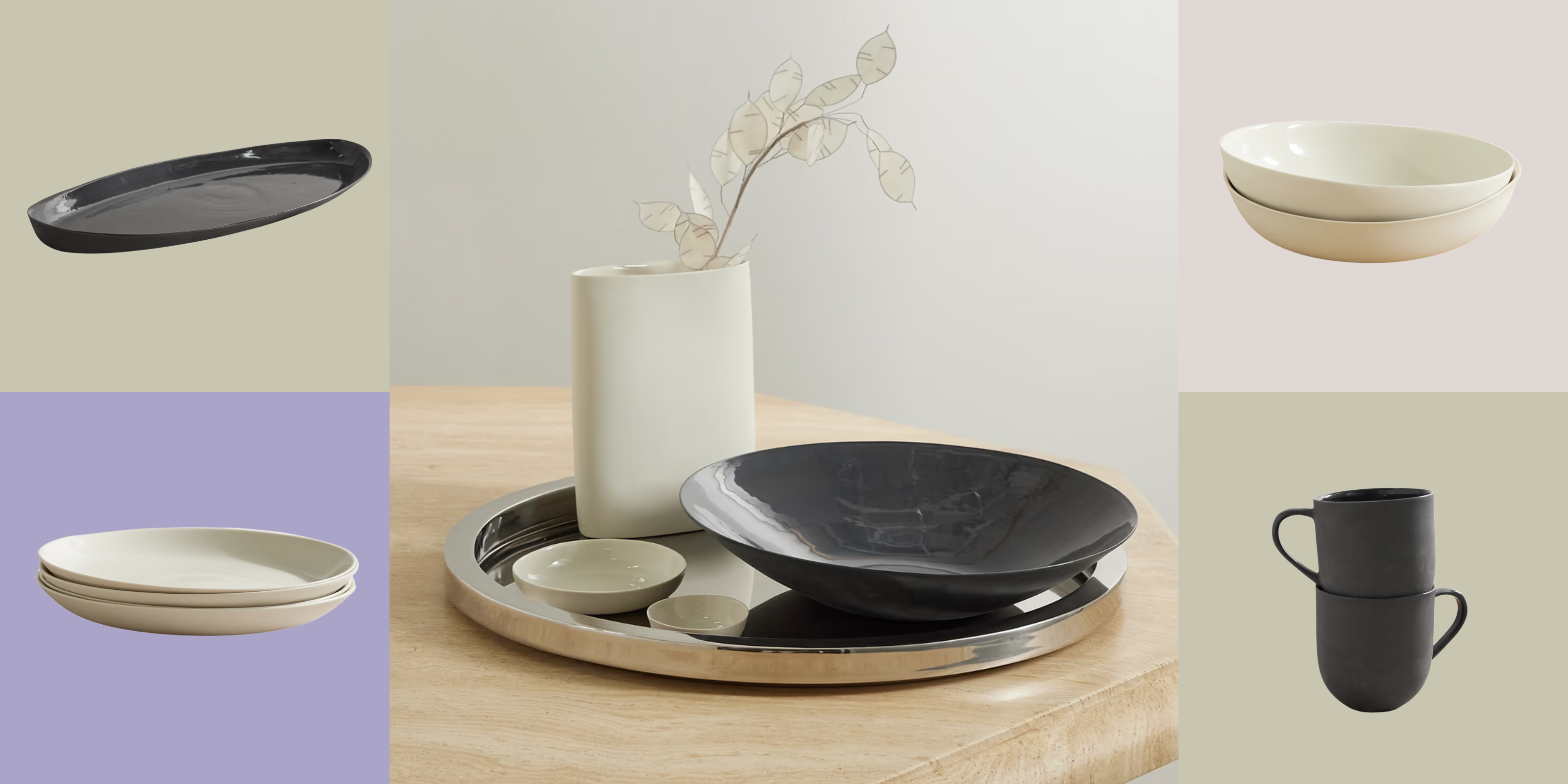 Turns Out, Sustainable Design Can Be Chic, and Net-a-Porter's 'Net Sustain' Curation Is Proof — Here's What I'm Shopping
Turns Out, Sustainable Design Can Be Chic, and Net-a-Porter's 'Net Sustain' Curation Is Proof — Here's What I'm ShoppingFrom the Net Sustain collection, Mud Australia's homeware is not only design-oriented, but eco-focused, too
By Devin Toolen
-
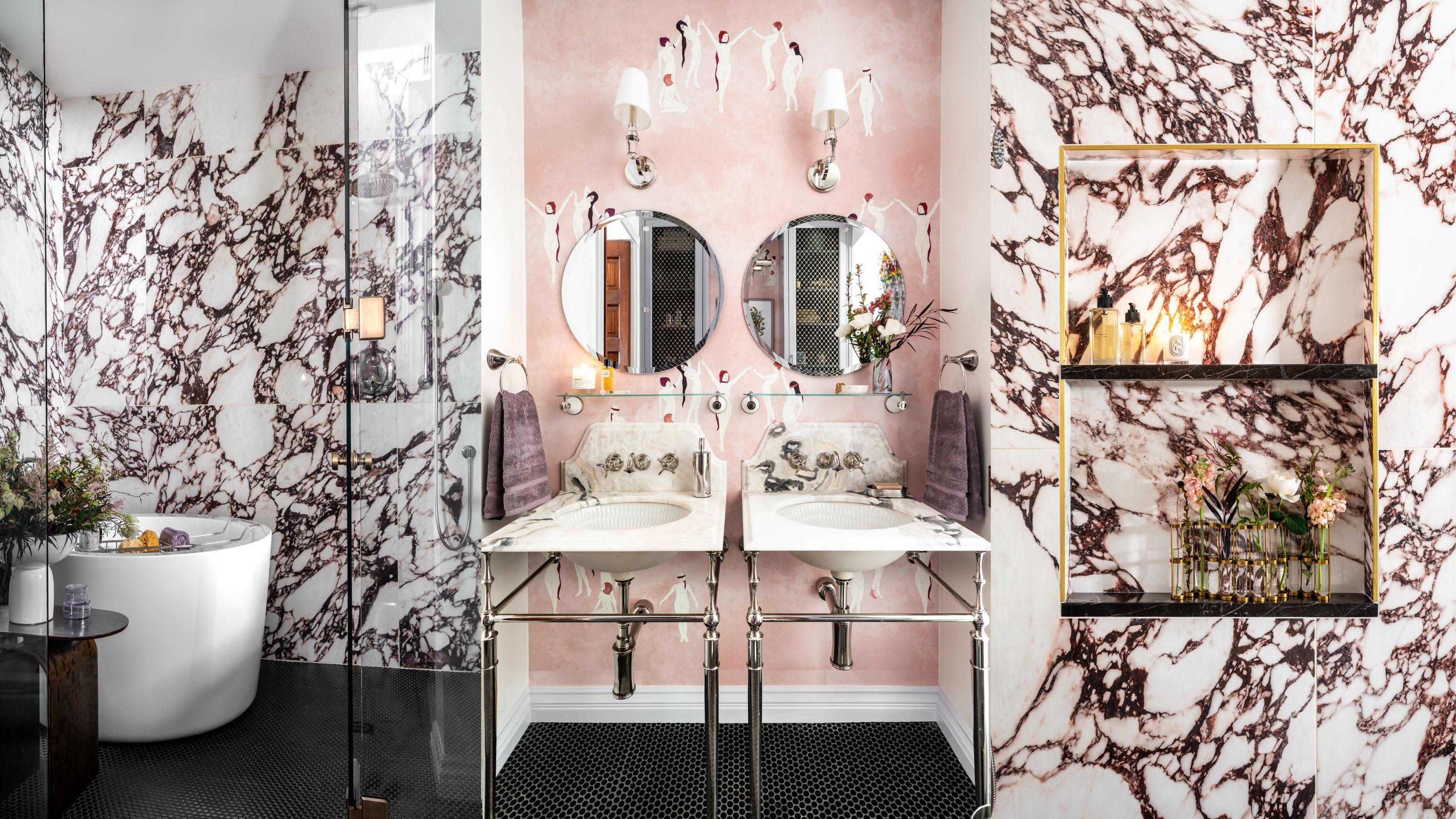 Before and After — How This Jewel-Box Bathroom Made the Most of Its Proportions With Maximalist Design and a 'Soaking Tub'
Before and After — How This Jewel-Box Bathroom Made the Most of Its Proportions With Maximalist Design and a 'Soaking Tub'This design offers a masterclass on creating a luxurious bathroom that is equally playful and elegant.
By Maya Glantz